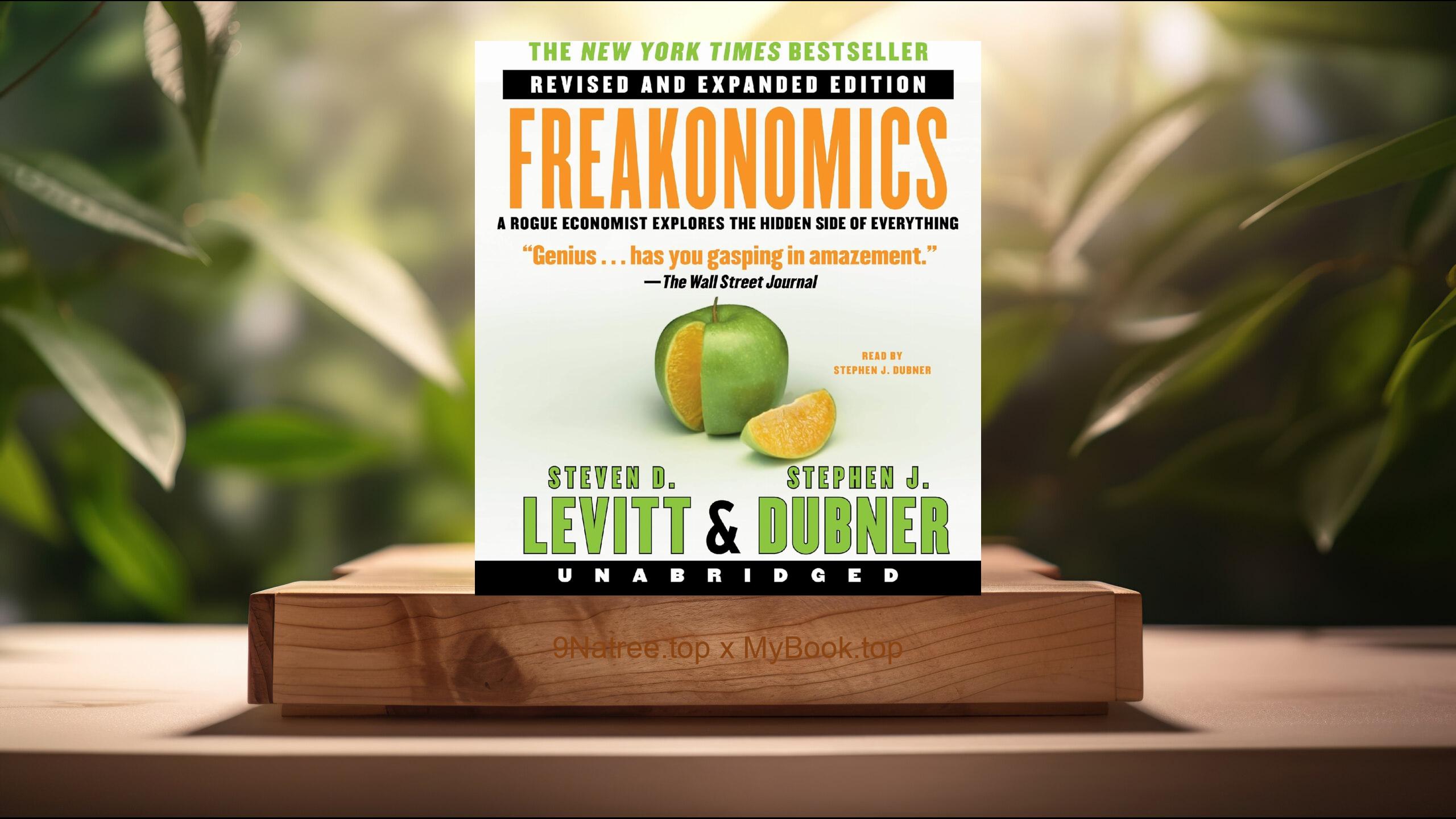Show Notes
- Amazon USA Store: https://www.amazon.com/dp/B0C2WHKGS8?tag=9natree-20
- Amazon Worldwide Store: https://global.buys.trade/And-How-Does-That-Make-You-Feel-Joshua-Fletcher.html
- Apple Books: https://books.apple.com/us/audiobook/and-how-does-that-make-you-feel/id1682327598?itsct=books_box_link&itscg=30200&ls=1&at=1001l3bAw&ct=9natree
- eBay: https://www.ebay.com/sch/i.html?_nkw=And+How+Does+That+Make+You+Feel+Joshua+Fletcher+&mkcid=1&mkrid=711-53200-19255-0&siteid=0&campid=5339060787&customid=9natree&toolid=10001&mkevt=1
- Read more: https://mybook.top/read/B0C2WHKGS8/
#Mentalhealth #Therapyprocess #JoshuaFletcher #Selfhelp #Stigma #Anxietymanagement #Psychologicalwellbeing #AndHowDoesThatMakeYouFeel
These are takeaways from this book.
Firstly, Demystifying Therapy, Joshua Fletcher takes on the critical task of demystifying therapy, addressing the myriad myths and misconceptions that often surround the therapy process. Many individuals hold baseless fears and stigmas about seeking mental health support, partially due to a lack of understanding and partially due to societal portraying. Fletcher illuminates the actual practice of therapy, explaining the different types of therapy available (from cognitive behavioral therapy to psychodynamic therapy), the roles and expectations of both therapist and client, and the confidentiality and professionalism inherent in the therapeutic relationship. This section fundamentally serves to reassure readers that therapy is a normal and valuable resource for individuals dealing with a wide range of psychological issues.
Secondly, The Therapeutic Process Explained, Fletcher takes readers on a journey through the typical therapeutic process, from the initial consultation to the concluding sessions. This portion of the book is particularly enlightening for those who have never undergone therapy but are considering it. The author outlines what clients can expect during their first session, how goals are set in conjunction with a therapist, the importance of honesty and openness, and how progress is measured and achieved. This comprehensive look into the therapeutic process aims to equip readers with a clear understanding of how therapy works, what they can do to get the most out of their sessions, and the importance of patient-therapist compatibility.
Thirdly, Real-Life Scenarios and Client Stories, One of the most engaging aspects of 'And How Does That Make You Feel?' is Fletcher's inclusion of real-life scenarios and client stories. These anecdotes serve not only to illustrate the diverse range of issues therapy can address—from anxiety and depression to relationship problems and self-esteem issues—but also to show the transformative power of therapy. By sharing these stories, Fletcher offers a humanized view of the therapy process, demonstrating how therapy has helped real people make significant changes in their lives. This approach makes the concept of therapy more relatable and less intimidating to readers who may be contemplating seeking help.
Fourthly, Challenging the Stigma Around Mental Health, A significant portion of the book is dedicated to challenging the stigma that still surrounds mental health and seeking therapy. Fletcher tackles common societal myths head-on, emphasizing that mental health issues do not discriminate by age, gender, or socioeconomic status. He promotes the idea that therapy is a sign of strength rather than weakness, advocating for a broader cultural shift in how we discuss and approach mental health. This chapter not only seeks to change perceptions but also encourages readers to advocate for themselves and others who may be struggling, highlighting the importance of open conversations and support networks.
Lastly, Self-Help Tips and Strategies, Beyond just discussing therapy, Fletcher offers valuable self-help tips and strategies for readers to utilize outside of the therapeutic setting. This section includes practical advice for managing anxiety, depression, and other common issues, with emphasis on mindfulness, self-care, and emotional regulation techniques. Fletcher provides readers with tools to start their mental health journey, even before stepping into a therapist’s office, or to supplement their ongoing therapy. These resources aim to empower readers, providing them with the confidence to take charge of their mental health and well-being.
![[Review] And How Does That Make You Feel? (Joshua Fletcher) Summarized](https://episodes.castos.com/660078c6833215-59505987/images/2023768/c1a-085k3-dmzj23qqs7wv-sgxjqq.jpg)




